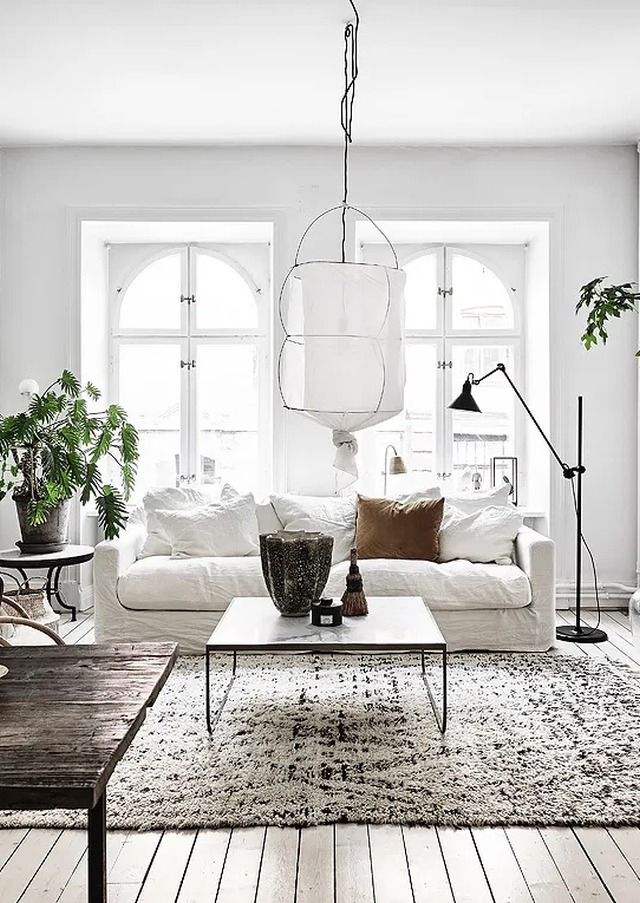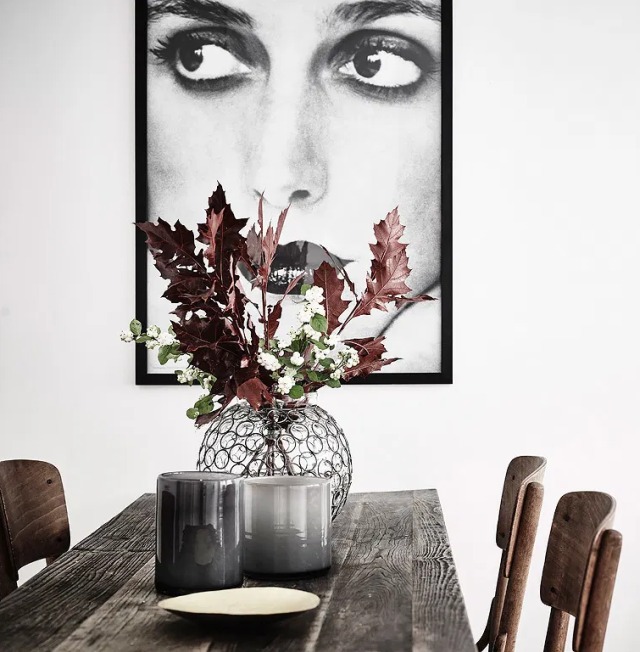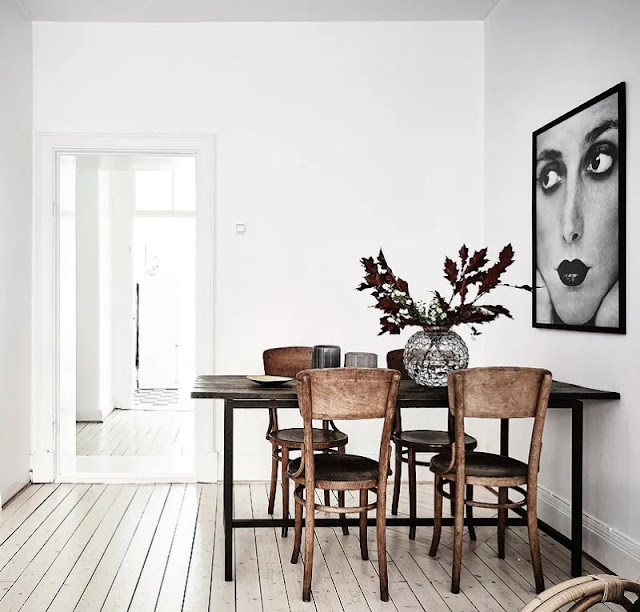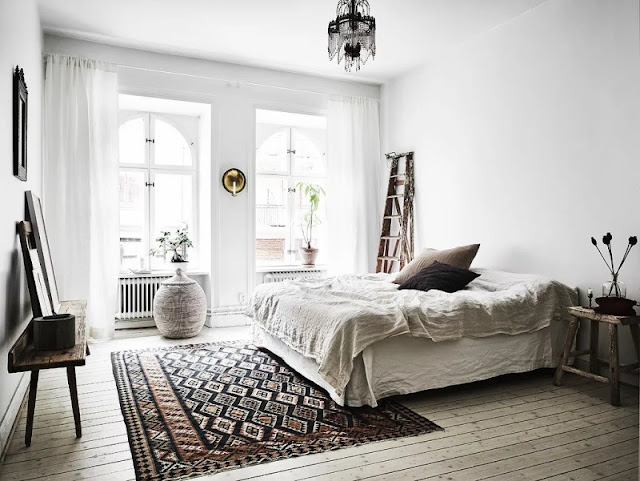LightArt lancia la collezione Coil con la quale converte i rifiuti in lampade a sospensione monocromatiche.
Questa azienda produttrice di lampadari, continua a spingere i suoi progetti sostenibili verso lo spreco zero.
LightArt
LightArt, è una società affiliata a 3form, è uno studio di produzione e progettazione di illuminazione personalizzato a Georgetown, Seattle
Il lavoro dello studio di Seattle e ha una storia in continua evoluzione di innovazione, esplorazione e creativa.
Nell’Aprile 2020 è stata annunciata la linea di lampade a sospensione realizzate con rifiuti riciclati.
Dopo oltre due anni di scrupolosa ricerca interna e sviluppo, la società ha condiviso con il mondo i diversi dispositivi in bianco e nero.

La collezione Coil
Sorprendentemente (per essere create da rifiuti) le lampade a sospensione della collezione Coil hanno un aspetto gradevole che richiama quello delle ceramiche artigianali.
L’idea
Come possiamo rendere i contenuti riciclati più belli possibile?
Questa era la domanda centrale durante la fase di sviluppo del prodotto per Ryan Smith, fondatore di LightArt, e il suo team.
“È qui che le cose sono diventate davvero impegnative, quando abbiamo iniziato, non sembrava niente di gradevole, in verità sembrava quello che potresti aspettarti quando stai cercando di trasformare la spazzatura in qualcosa di bello. Ma abbiamo tenuto duro e continuando col processo abbiamo realizzato qualcosa di cui siamo molto orgogliosi “.
Ryan Smith
Scienza dei materiali e design si sono uniti allo studio di produzione LightArt, con l’obiettivo di creare un materiale che sembri unico, personalizzato e diverso dai materiali di riuso visti in precedenza.
La nuova collezione Coil di lampade a sospensione affronta la domanda centrale che tutta l’industria devrebbe affrontare: che cosa possiamo fare con i rifiuti?
Il team di progettazione ha lavorato con la divisione di ingegneria della società madre 3form per capire quale potesse essere il materiale adatto su cui basare il progetto.
Il materiale
La scelta per la collezione Coil è quindi caduta sull’utilizzo di materiale di scarto interno all’azienda.
Le lampade a sospensione sono realizzate utilizzando la produzione additiva, nota anche come stampa 3D, utilizzando una nuova tecnologia per selezionare i pezzi in bianco e nero per ottenere l’aspetto desiderato.
La collezione di lampade a sospensione di LightArt è creata con un filamento privo di PVC ed è rifinita con un rivestimento in polvere privo di TGIC.
Con questo rifiuto riciclato , l’azienda ha creato sette forme in ciascuno dei due colori. I diametri cambiano con ogni forma ma vanno da 20,5 cm a 30,5 cm.
Ma, nella progettazione e nell’innovazione sostenibile il riuso non può essere l’unico scopo: il prodotto deve essere anche attraente.
Forme e Colori
Quelli di LightArt quindi volevano arrivare ad avere colori e forme distintive per la loro collezione di lampade a sospensione.
Ne è risultata una tavolozza monocromatica in bianco e nero e forme che guardano a quelle classiche e alle geometrie distintive delle lampade a sospensione, il tutto con una caratteristica finitura opaca.
Questo ha dato ai prodotti una qualità simile alla ceramica.
La finitura ruvida, data dal processo di produzione additiva, è completata da sottili aggiustamenti manuali per ottenere una sensazione unica, simile a quella dei prodotti artigianali.
Questa sensazione tattile e visiva, ha dato il nome della nuova collezione: Coil infatti significa Bobina.
Il futuro
Questa nuova collezione pone LightArt come azienda all’avanguardia nel riciclo applicato all’ illuminazione e fa parte di una più ampia iniziativa aziendale all’interno della famiglia di aziende 3form per aumentare la produzione responsabile e sostenibilità.
The post Lampade a sospensione Coil, stampate in 3d dai rifiuti. appeared first on Vesta Arredo.


































